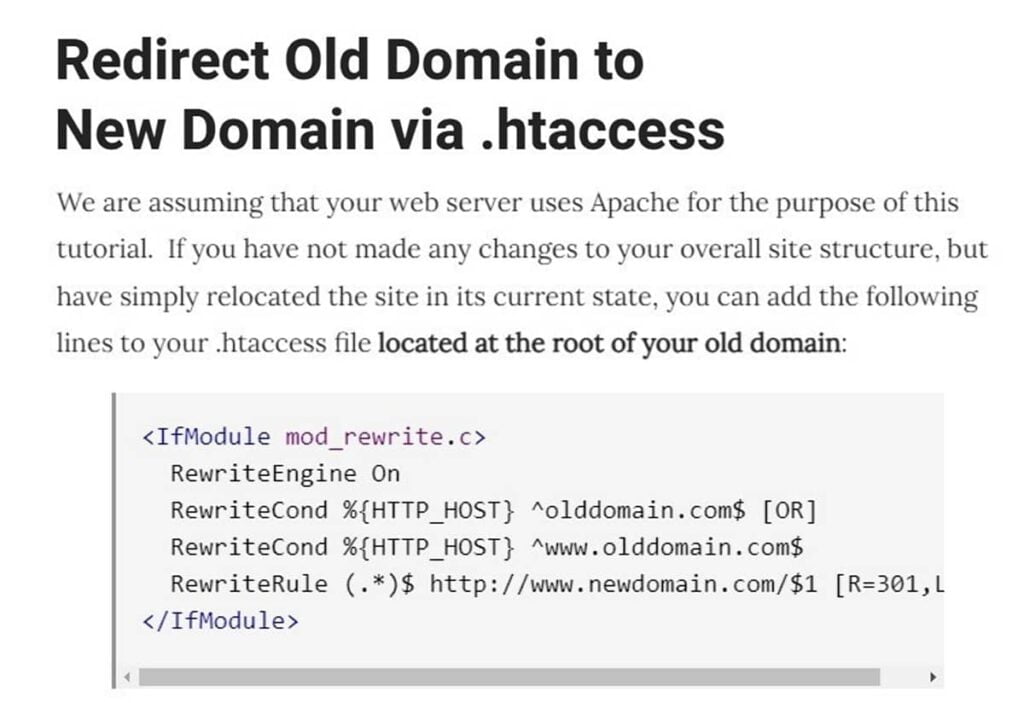
The Future of AI in Content Marketing: Botched UX, Angry Google
Many webmasters are pumping out and populating the web with AI content at a massive scale.
Some reputed media outlets also have been using AI in their content production process for quite some time now.
However, the subject of using AI text-generating tools is a vastly debated topic within the content writing and marketing communities of the web.
On one end, we have fast-paced, bullish marketers who are looking at it as a blessing. They can produce thousands of blogs and articles using GPT-3 tools within a matter of days or even hours.
On the other hand, there are scrupulous marketers and writers who are looking at AI content with cautious disregard. They are convinced that AI tools are producing trash content, to say the least.
So, what’s actually going on in the field of content marketing concerning the AI tools powered by GPT-3 from OpenAI?
Let’s have a look at the current state of AI and dig a bit deeper from there.
Current State of AI Writing Tools
It took well over 30 minutes for me to write up to this point of this blog.
By now, another marketer might have built out a whole new website with hundreds of content looking like a niche-dominating authority portal. Well, not so soon, kid. Not so soon!
A lot of writing can definitely be taken care of by AI, such as – factual or data-based content. And, it’s okay. You might also say it’s very much a necessity. But even that has to be constantly and thoroughly reviewed by human eyes. Otherwise, flawed analysis and misdirected conclusions will soon reign supreme.
Anything beyond reiterating facts and populating reports with sentences made out of data and metrics is far beyond the reach of our current AI capabilities.
To understand this, we need to take a look at how these AI models were built in the first place.
How Are the AI Language Models Built?
Simply put, AI models are machine learning algorithms that learn from existing data fed into them.
The type of data used to train and the variables of the algorithm will determine the kind of task an AI can do.
As an example, if you build an algorithm with all the necessary instructions to take in all the demographic data of a geographical location, it will be able to predict or map out the future trends in demographic changes in the region.
There are millions of such use cases of machine learning algorithms using numerous types of data and acting out various kinds of tasks based on the data.
Now, for the writing algorithms, like GPT-3, the models were fed all the human-written content that was openly available from sources like the internet and books. Reportedly, 45 TB of text data was used to train 175 billion machine learning parameters of GPT-3. (Parameters are the variables that the model learns to change from the data sets).
With such impressive capabilities, the model is still far from being what the marketers want it to be. Because web content is for human readers; satisfying the intent in a fulfilling manner is critical.
How Can AI Text Botch User Experience?
The AI model knows only the data that it has been trained on.
Whenever you give a directive to it for producing certain text about any topic, it will just regurgitate something out of the data set.
Here’s a case in point:
I was transferring one of my websites to a new domain. But, being a writer venturing into the world of computer science, I was stuck specifically on the 301 redirection part of the process using the .htaccess file.
Naturally, I searched google “How to redirect old domain to new domain via .htaccess?”
Remember, these technical process-detailing articles can be very frustrating if not written thoroughly and carefully, especially to readers not well-versed in these deeply technical subjects. And naturally, I came across multiple frustrating articles.
Here’s one that literally tortured my nerves:

I know it will be fairly difficult for most of my readers to guess what’s wrong here.
First of all, the instruction to put the code is totally wrong. The code has to be placed in the old site’s .htaccess file, not the new site.
The outrageous second sentence makes no sense. What they are noting is exactly what we are trying to do here – moving the entire website to a new address!
Anyways, it seems like written by a human, though. But remember that the AI you are using was trained on text datasets that might include articles written in such a shitty manner.
Now, here’s a better version of the same process written by a far better writer:

Take note that this version uses only two sentences compared to the previous example, which uses three.
But it offers all the necessary information that’s essential for the reader to know — the server aspect, whether the site was moved or not, any changes were made or not, and where the .htaccess file is located.
If you analyze the two examples above, it’s enough for you to understand the difference between a poorly written article vs. a fairly well-written one.
At this stage, you might be wondering what an AI would write if given the task to output the answer to this same question — How to redirect an old domain to a new domain via .htaccess?
Here’s what a couple of tools that I have access to have produced:

The first sentence just repeats what the reader asked for.
It’s good that it offers us the location of the file, but that’s it. Almost no other value was added.
Now, here’s another example drectly from the Playground of OpenAi:

Here, the code doesn’t seem like it will work. I think it will definitely not work. Apart from that faulty piece of code, the text fails to deliver any meaningful assistance to the searcher.
Now read all four of these examples again, and you will know how AI-written content can frustrate the user experience pretty hard and pretty quick.
This is exactly where the angry Google steps in.
What Makes Google Angry?
Google is all about offering useful and actionable info via its search systems.
It constantly keeps releasing new algorithm updates to streamline its SERP as effectively as possible. It also brings down its wrath of penalties on anything that it deems not good enough for the readers.
And, when readers are frustrated at AI content, Google will soon find ways to soothe their frustrations by finding well-written content that actually satisfies searcher intent at least to an acceptable level.
Most importantly, Mueller has already offered quite a bit of good info for the webmasters to pay heed of:
“For us these would, essentially, still fall into the category of automatically generated content which is something we’ve had in the Webmaster Guidelines since almost the beginning.
And people have been automatically generating content in lots of different ways. And for us, if you’re using machine learning tools to generate your content, it’s essentially the same as if you’re just shuffling words around, or looking up synonyms, or doing the translation tricks that people used to do. Those kind of things.
My suspicion is maybe the quality of content is a little bit better than the really old school tools, but for us it’s still automatically generated content, and that means for us it’s still against the Webmaster Guidelines. So we would consider that to be spam.”
The message is loud and clear — ‘AI content is spam’.
And, this message makes the question discussed below seem funnier than it already is.
Will AI Ever Replace Human Writers?
For new thoughts, ideas, stories, and concepts – never.
Now, let’s look at this question specifically from the web content writing perspective, e.g., blogs and articles.
The way majority of web content has been produced for a long time now is to pick a topic, read what’s already there, and recreate it.
Even in this simplest form, AI writers, including PaLM from Google itself, are far from being usable on their own.
Google’s Pathways Language Model (PaLM) has scaled to 540 billion parameters, which is huge compared to 175 billion of GPT-3, that’s currently being used by our experimental marketers. But I’m pretty sure that the scenario for human-readable text generation will be more or less the same.
You must have a human researcher or writer going through the AI output, fact-check, and edit in all sorts of ways to make the text somewhat presentable to the readers so that it doesn’t frustrate their web surfing experience of the day.
On top of that, the Google search is constantly changing.
The point would be more about what you add to the already existing data available for the AI. Or say it in such an effective manner that it chooses your text over the already existing bits.
Add to it all the other crucial and nuanced factors associated with writing specifically for an industry with a target audience in mind with a preferred tone and voice.
Yes, AI will be used for recreating the same stuff again and again for quite some time in the future, but the true worth will always be found in novelty and optimized efficacy.
[Disclaimer: This writeup was in no way intended to demean all the great work that has been going on in the field of AI/ML and NLP. These technologies are a great boon for the whole IT economy and should be promoted and used as much as possible, keeping the limitations in mind. If used well, they can be greatly beneficial.]
Mahdi Hasan
Mahdi has over 10 years of experience in SEO, content writing, and content marketing. He has worked with over 100 business across industries as a content writer and SEO specialist with a proven track record in boosting organic traffic growth. He is the first Certified Professional Resume Writer (CPRW) from Bangladesh and a HubSpot certified inbound marketing professional.